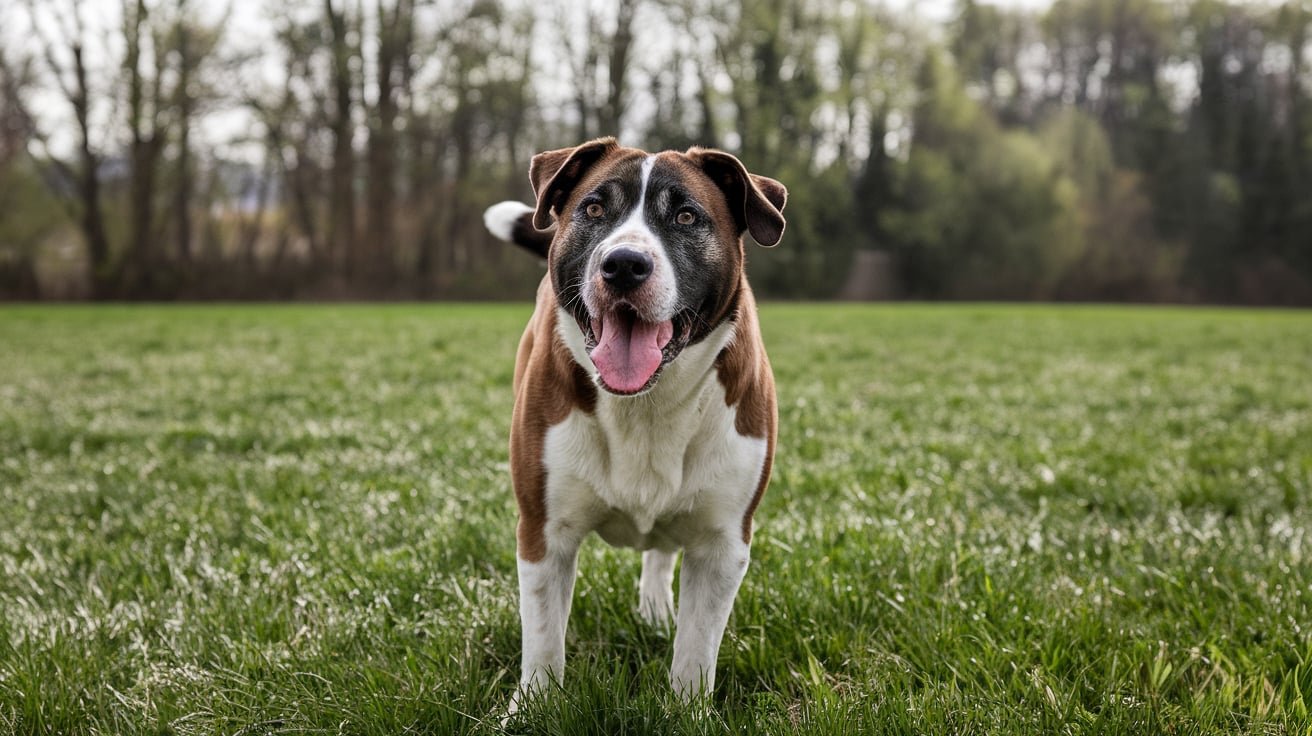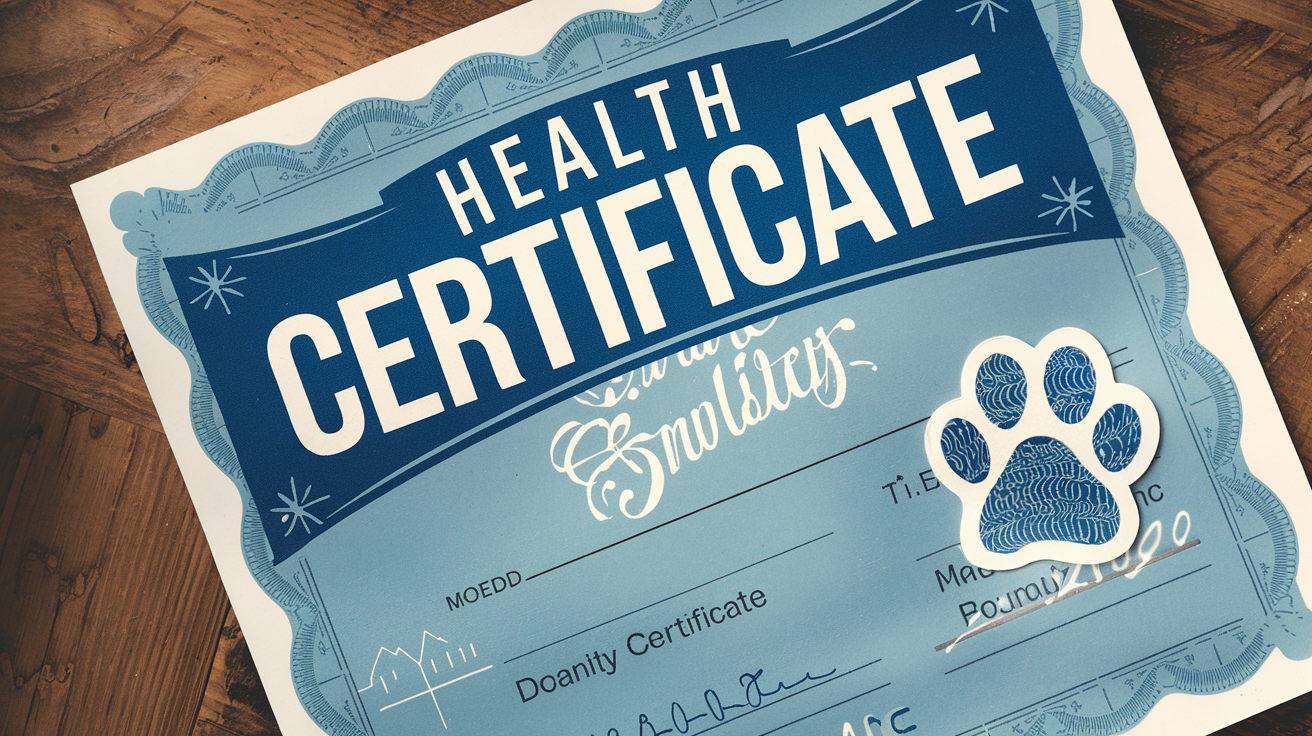Introduction To How Long Can Dogs Go Without Food
Every pet parent has been there: You notice your dog hasn’t touched their food, and suddenly, worry creeps in. How long can dogs go without food? Is it safe to wait and see if their appetite returns, or should you call the vet immediately?
In this guide, we’ll dive into everything you need to know about your dog’s eating habits, signs of hunger vs. illness, and practical steps to encourage eating. We’ll also cover some common reasons for loss of appetite in dogs and when it might be time to seek help.
How Long Can Dogs Go Without Food?
What’s “Normal” for Dogs?
Generally, a healthy dog can survive up to five days without food as long as they’re drinking water. However, this varies depending on age, breed, size, and health condition.
For instance:
- Small dogs and puppies often need more frequent meals due to higher metabolism.
- Older dogs may struggle more without food due to age-related health concerns.
- Dogs with health issues, especially those with conditions like diabetes or kidney disease, are at much higher risk if they skip meals.
Anecdote: “Last year, my friend’s beagle, Max, suddenly stopped eating for a few days. She tried everything – new food, treats, even cooking his meals. It turns out Max had a mild stomach bug, and the vet reassured her he’d be fine as long as he drank water.”
Why Do Dogs Refuse to Eat?
There are several reasons why a dog might stop eating, ranging from the mundane to the serious. Here’s a closer look:
- Stress and Anxiety
Just like humans, dogs can feel stressed, especially if there’s a sudden change in their environment. Maybe you’ve recently moved, or there’s a new pet in the house. This can impact a dog’s appetite. - Health Issues
Loss of appetite is a common sign of health issues. Dogs with dental problems, infections, or digestive disorders often avoid food. - Diet Changes
Sudden changes in a dog’s diet can lead to upset stomachs. If you’ve switched their food recently, this could be the reason they’re not eating. - Behavioral Causes
Some dogs can be picky eaters, especially if they’ve been given too many treats or table scraps. This can lead them to hold out for something “better.”
When to Worry
If your dog stops eating but is still drinking water and acting normally, a mild appetite loss could pass on its own. However, contact a vet if you see signs like:
- Lethargy or weakness
- Vomiting or diarrhea
- Signs of pain when touched
Anecdote: “When my dog, Rosie, suddenly refused her dinner, I initially brushed it off as pickiness. But after two days, she started acting sluggish. The vet diagnosed her with a mild infection, and a short course of antibiotics had her back to her old self!”
Step-by-Step Guide: Encouraging Your Dog to Eat
- Rule Out Medical Issues
Before anything, make sure your dog’s appetite loss isn’t due to an underlying health issue. A quick vet visit can rule out any serious concerns. - Try a Different Diet
Sometimes, switching up the food can help. Dogs can grow tired of the same taste, so trying a different brand of dog food or even warming up their meal can make it more appealing. - Create a Calm Eating Environment
Minimize distractions, loud noises, or other pets during meal times. Stress-free meals can encourage a dog to eat. - Limit Treats and Scraps
Avoid giving your dog too many treats or table scraps. Sticking to meal times and avoiding unnecessary snacks can make them more likely to eat. - Hydration is Key
Even if your dog isn’t eating, make sure they’re drinking water. Hydration is crucial for their well-being, especially if they’re off their food. - Hand-Feeding
For some dogs, hand-feeding can encourage them to eat. Try offering small pieces of their usual food to coax them back to their bowl.
When to Seek Professional Help
If your dog hasn’t eaten for over 48 hours or shows any unusual symptoms, contacting your local vet is crucial. Here’s a quick list of signs that suggest an immediate vet visit:
- Persistent vomiting or diarrhea
- Severe lethargy or weakness
- Signs of discomfort or pain
- Dehydration (signs like dry gums or sunken eyes)
Key Takeaways
- Most healthy dogs can go without food for a few days but should always have access to water.
- Loss of appetite can be due to stress, behavioral issues, or health concerns.
- It’s essential to monitor your dog’s behavior and try simple fixes like a calm environment, diet changes, or hand-feeding.
- If symptoms persist, consult a veterinary professional to rule out any underlying issues.
Conclusion Of How Long Can Dogs Go Without Food
Understanding how long dogs can go without food and knowing when to act is crucial for every pet owner. Remember, while dogs are resilient, it’s essential to monitor their eating habits and seek help when necessary. When in doubt, always trust your instincts and prioritize your furry friend’s health.



